Protect your gear. Save your investment. Dive smarter.
You’ve just wrapped up an epic dive. Crystal-clear water, zero current, perfect conditions. You come up, rinse off but what about your underwater scooter?
Here’s the truth: saltwater doesn’t care how expensive your gear is. If you don’t clean and store your scooter the right way, corrosion will ruin it faster than you think.
Why You Must Clean Your Scooter After Saltwater Use
Saltwater is aggressive. It seeps into buttons, corrodes battery terminals, and degrades elastomeric seals. Left unchecked, it can:
-
Compromise motor integrity
-
Destroy O-rings
-
Trigger internal shorts
-
Void your warranty
One missed rinse can cost you hundreds in repairs or a full replacement.
The Right Way to Clean Your Underwater Scooter
Step 1: Rinse Immediately with Fresh Water
As soon as you’re out of the water, rinse your scooter thoroughly using low-pressure fresh water. Focus on:
-
Propulsion ducts and impellers
-
User interface surfaces (buttons, screen)
-
Battery compartment seals and contacts
-
External mounting points or accessories
Avoid using high-pressure water it can drive salt deeper into mechanical interfaces or breach waterproof membranes.

Step 2: Soak If Manufacturer Allows
If your scooter is rated for full-body soaking, submerge it in a freshwater tank for 15–30 minutes. This enables:
-
Passive removal of trapped saline residue
-
Loosening of silt and particulate matter
-
Equalized rinsing of internal contours (particularly around intake vents and buoyancy cavities)
Always confirm submersion protocols in the user manual.

Step 3: Air Dry Thoroughly
Once rinsed and soaked, wipe down all surfaces and allow the unit to air dry fully in a shaded, ventilated environment.
-
Avoid direct sun exposure, which accelerates UV degradation of polymer housings
-
Open battery compartments or access hatches for airflow
-
Ensure all moisture is removed before reassembly or storage
Step 4: Inspect and Grease Seals
If your unit includes user-serviceable O-rings or gaskets:
-
Remove, inspect for deformation, brittleness, or grit intrusion
-
Clean with a lint-free cloth
-
Apply a thin, uniform layer of marine-grade silicone grease
-
Reseat carefully, avoiding twist or over-compression
This step is critical in maintaining waterproof integrity under pressure.
Maintenance-Friendly Design Spotlight: Asiwo MANTA Underwater Scooter
For users of the Asiwo MANTA Under water Scooter, post-dive care is notably efficient thanks to its streamlined architecture. The MANTA incorporates a sealed brushless motor system, an IPX8-rated dual-thruster layout, and magnetic control switches reducing physical contact points prone to corrosion. Its tool-free battery access and non-metallic external build simplify rinsing and drying without sacrificing structural integrity, making it one of the more maintenance-friendly scooters in its class.
How to Store Your Underwater Scooter the Right Way
Cleaning is half the battle. Now let’s make sure you store it properly to prevent degradation over time.
Battery: Store It Separately and Smartly
-
Maintain storage charge at 50–70%, depending on battery chemistry (Li-ion typically prefers ~60%)
-
Avoid prolonged full or empty states to reduce cell stress
-
Keep batteries in a cool (15–25°C), dry, well-ventilated location
-
Store inside a fire-retardant LiPo bag if possible
Scooter Body: Dry, Clean, and Isolated
-
Store the unit only after it is completely dry
-
Use a padded, dustproof case with breathable lining if available
-
Do not stack heavy items on or near the scooter
-
Maintain a stable environment, free from excessive humidity or heat cycling
Monthly Inspection
-
Every 30–60 days, perform a dry inspection of seals, joints, and battery terminals
-
Briefly power the unit on (if manufacturer allows during storage)
-
Check for firmware updates, especially if stored long-term
Recommended: Asiwo Manta Sea Scooter Maintenance Guide
Quick FAQ
Do I have to clean it after every saltwater dive?
Yes. Every saltwater use requires full rinsing and drying. Skipping even one session increases the risk of hidden corrosion.
Can I use detergent or cleaning chemicals?
No. Stick to freshwater only unless your manufacturer provides specific cleaning instructions. Harsh agents may degrade seals or surfaces.
What if I forgot to clean it last time?
Flush it immediately. Inspect all external and accessible internal parts for salt residue or corrosion. If you detect issues, do not re-use until it’s been properly serviced or evaluated.
Final Take: Maintenance = Lifespan
Under water scooters are high-performance tools operating in extreme environments. Proper post-use cleaning and storage isn’t optional — it’s what separates a reliable piece of dive gear from an expensive paperweight.
Take 15 minutes after each saltwater dive to rinse, inspect, dry, and store it right. Your future dives will thank you.
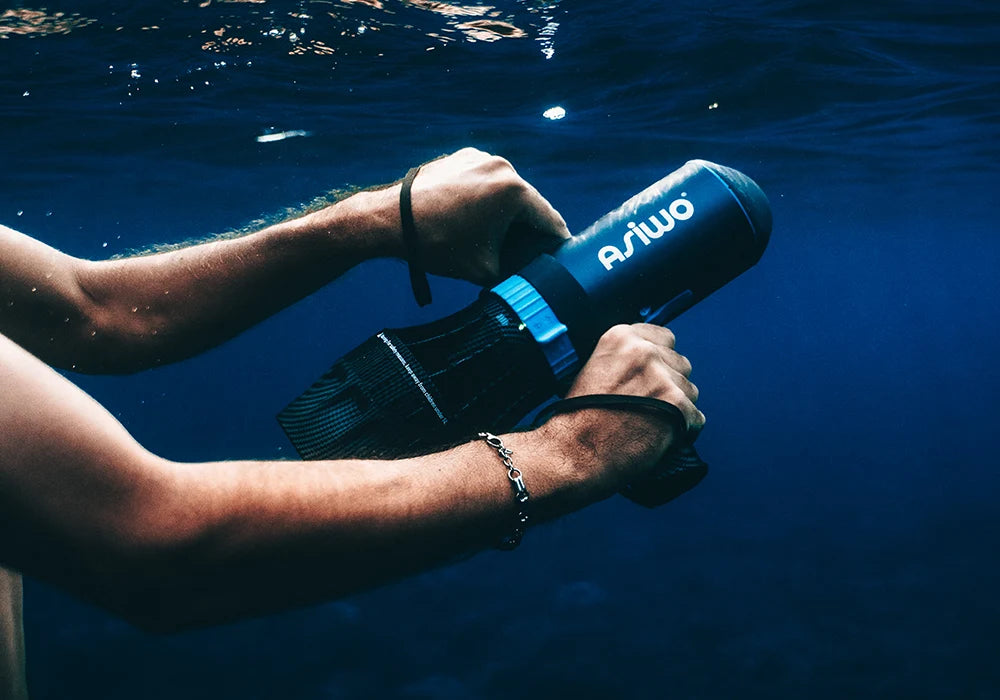




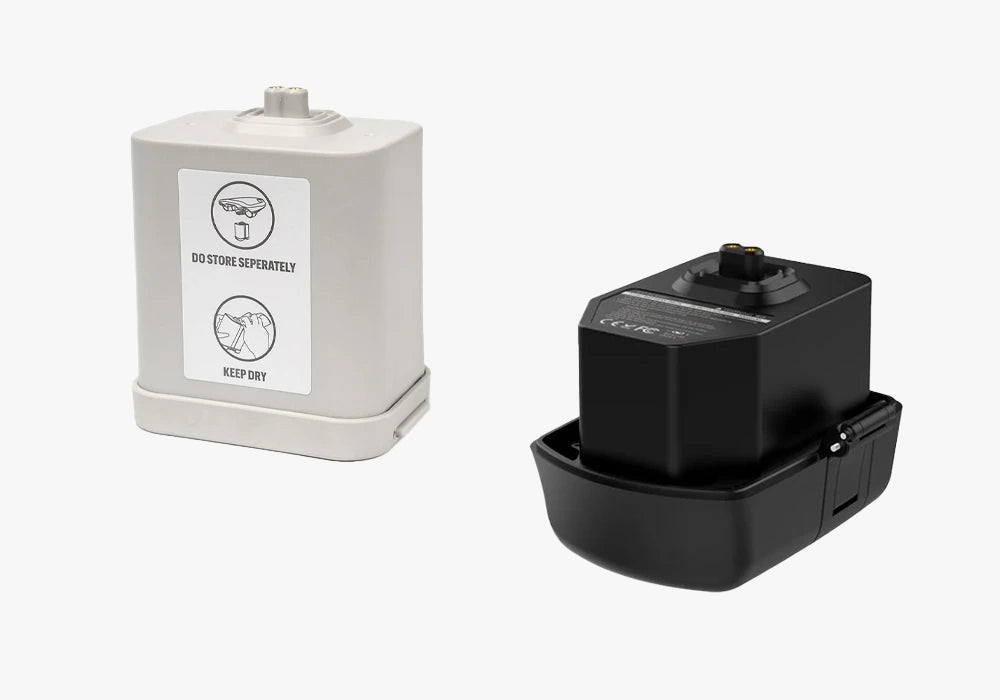




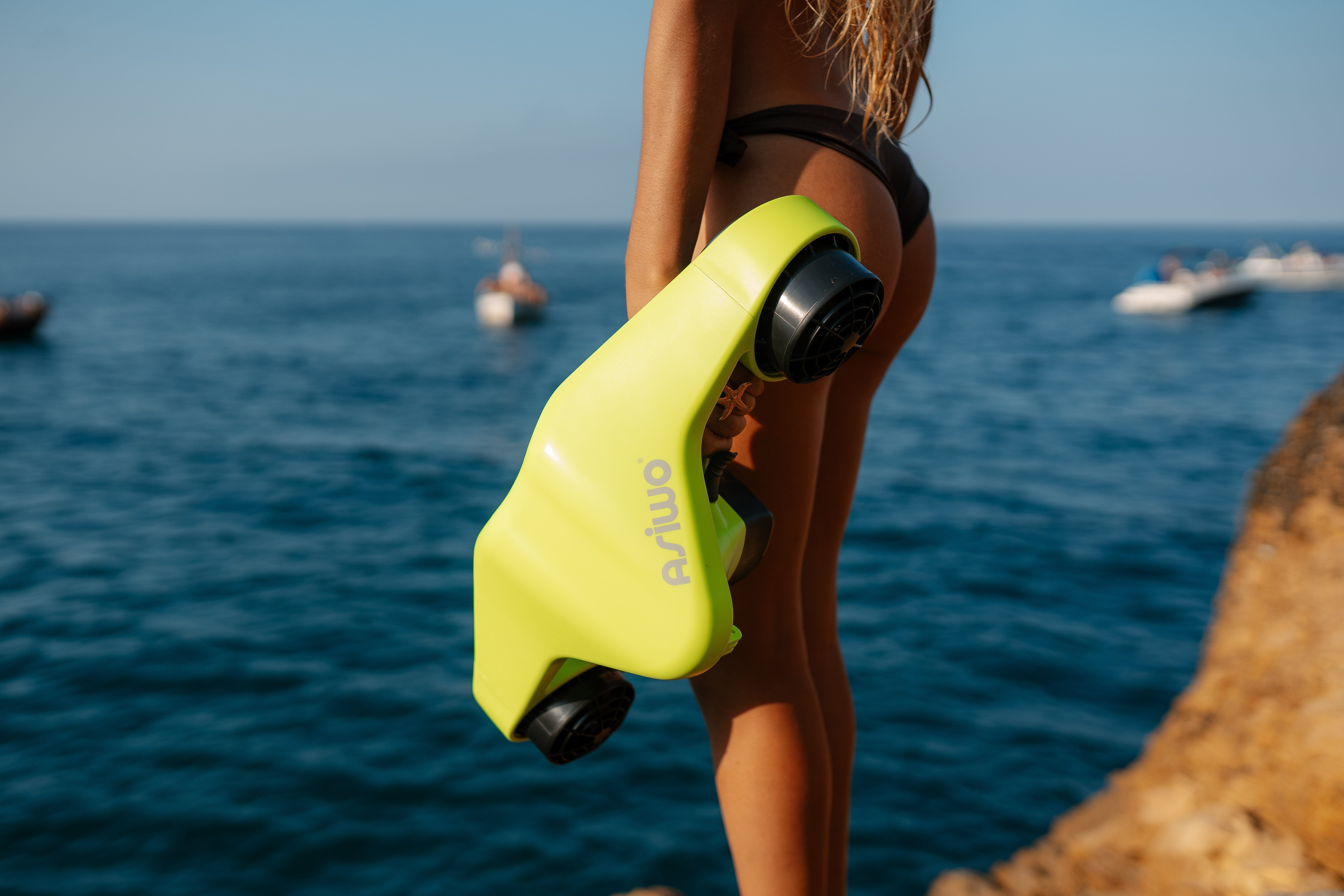
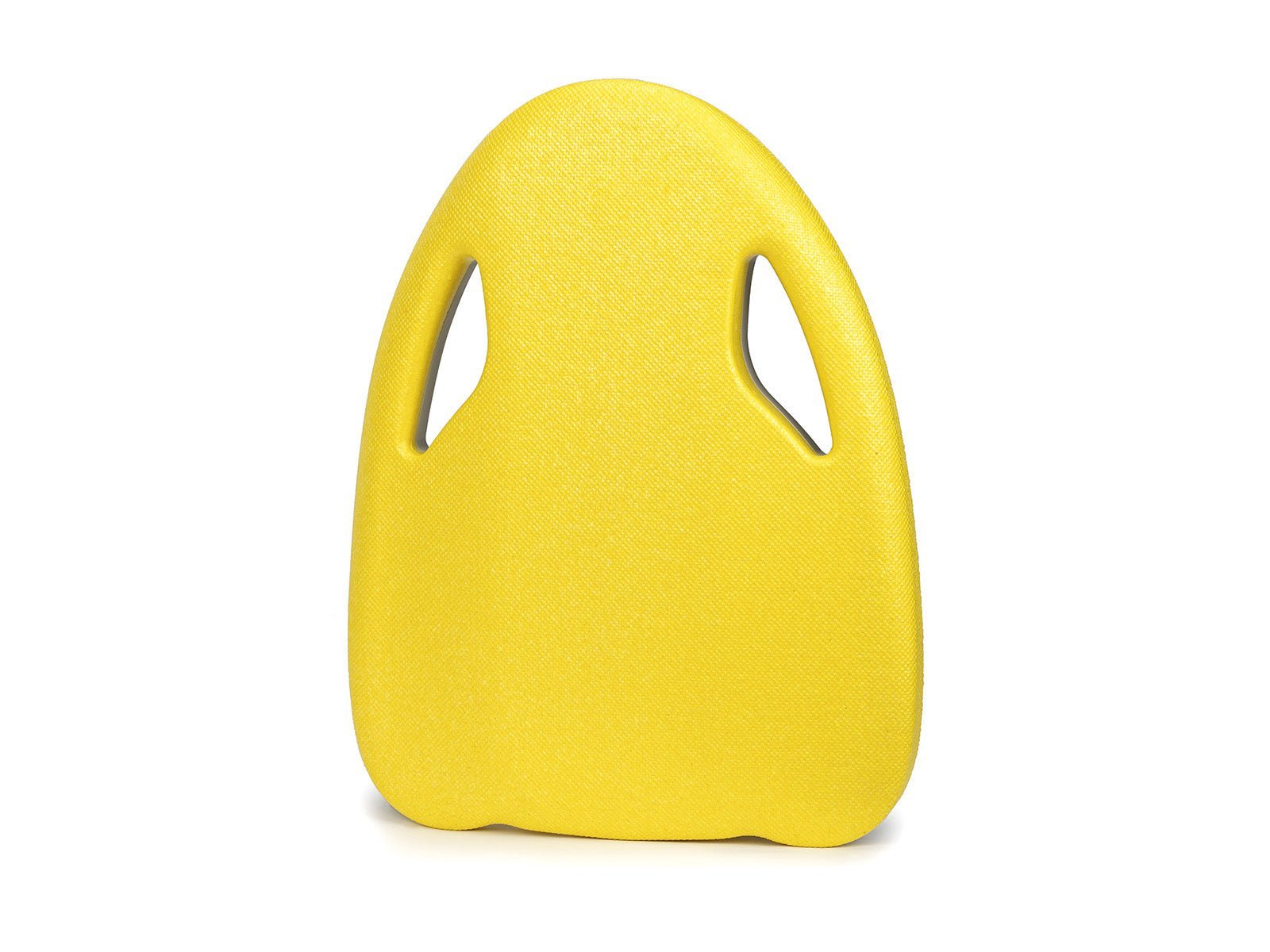
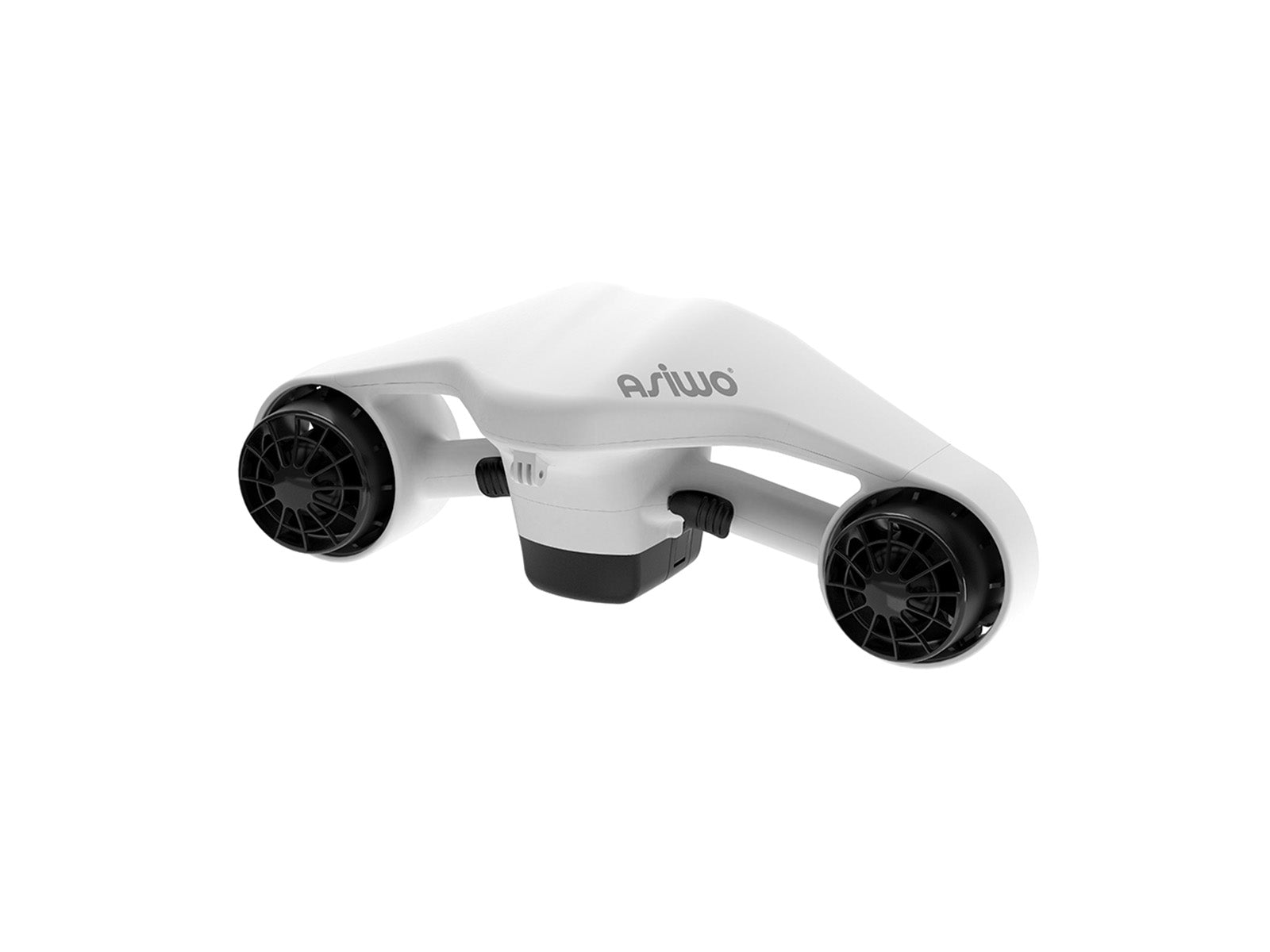
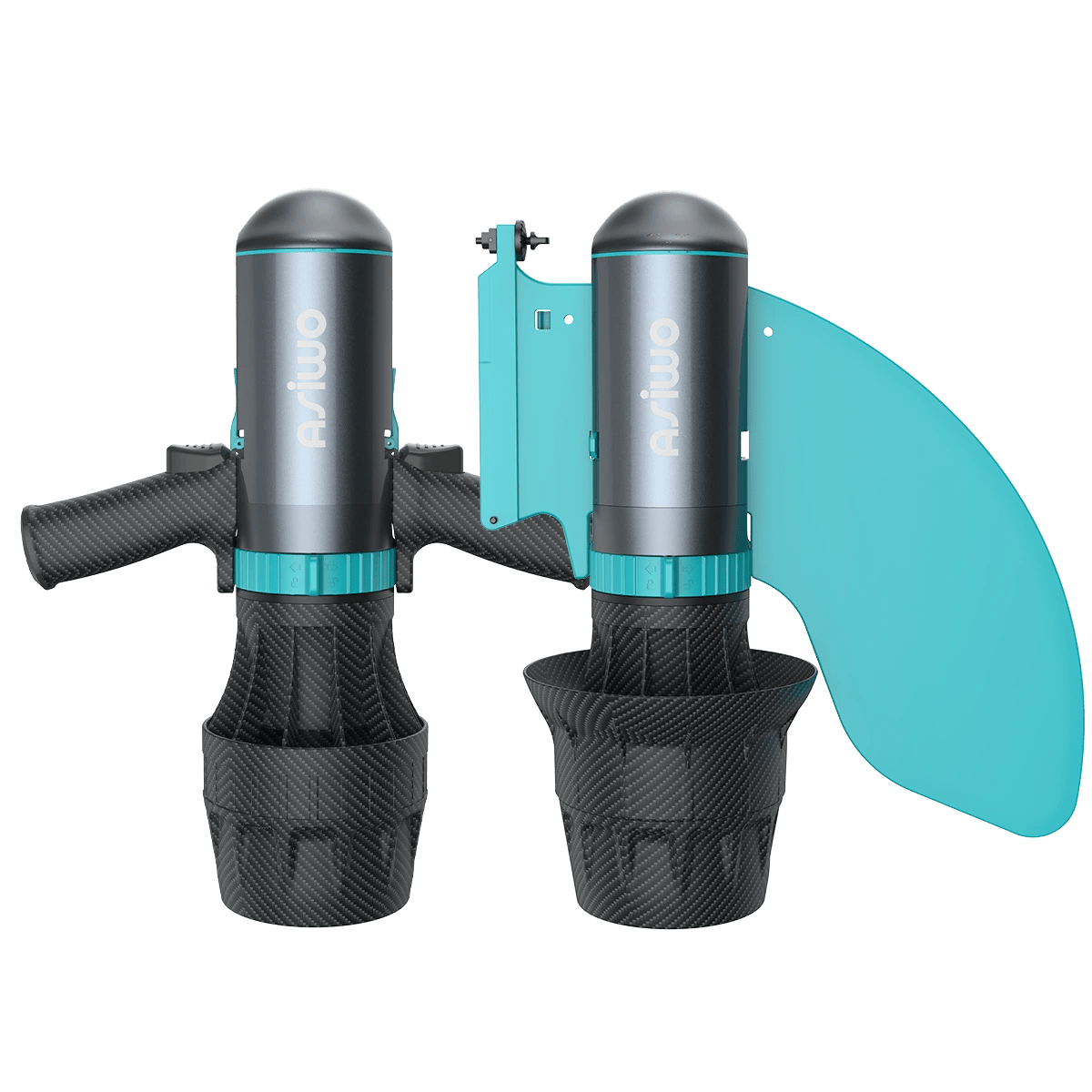




Leave a comment